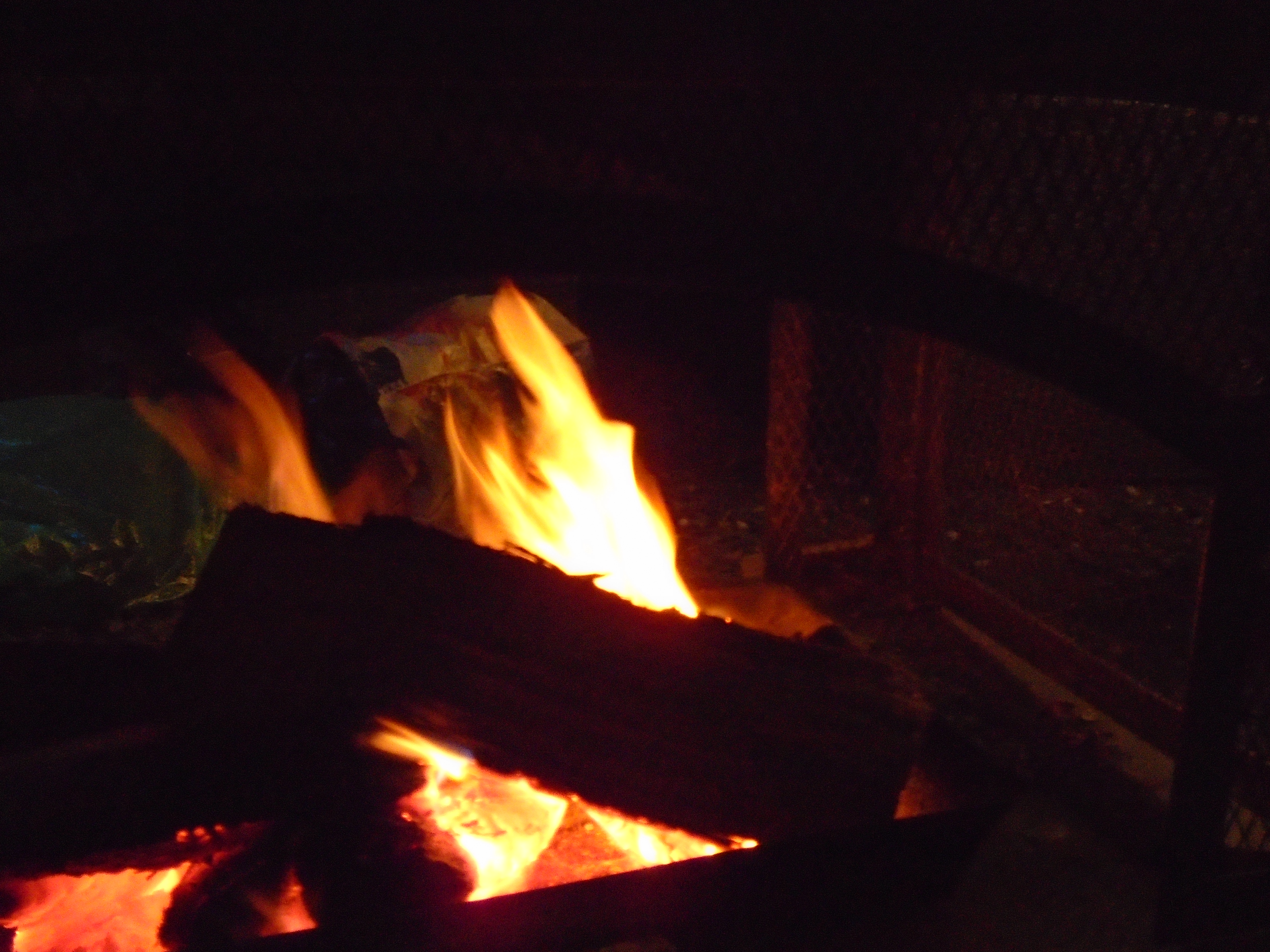Metallic bonding
Cards (18)
- What is the type of bonding present in metals?
- What is the structure of a metal?
- Why do most metals have high melting and boiling points?
- Why can metals conduct electricity?
- Why are alloys less malleable than pure metals?
- What charge do metal ions have?
- What is the force that holds metal ions and delocalised electrons together?
- What does malleable mean in the context of pure metals?
- How are metallic and ionic structures similar?
- What are the properties of metals related to their structure?
- Why does pure iron have a melting point of 1538 °C?
- What allows metals to conduct electricity effectively?
- What is the difference in structure between pure metals and alloys?
- What type of bonding is present in aluminium?
- Describe the structure of aluminium.
- What are the names of particles X and Y in the structure of aluminium?
- Why is it possible to bend a piece of aluminium?
- What are the characteristics of metallic bonding?
